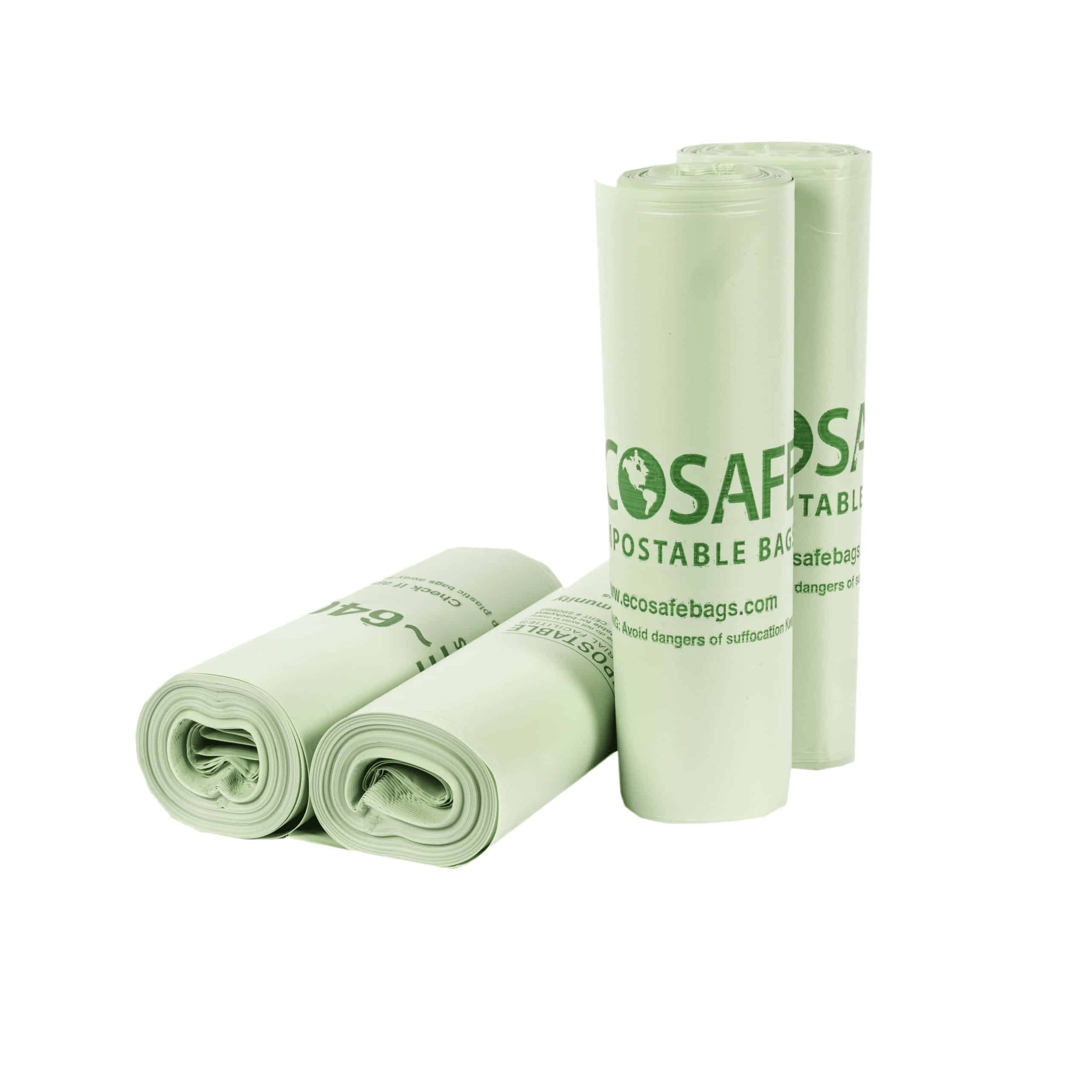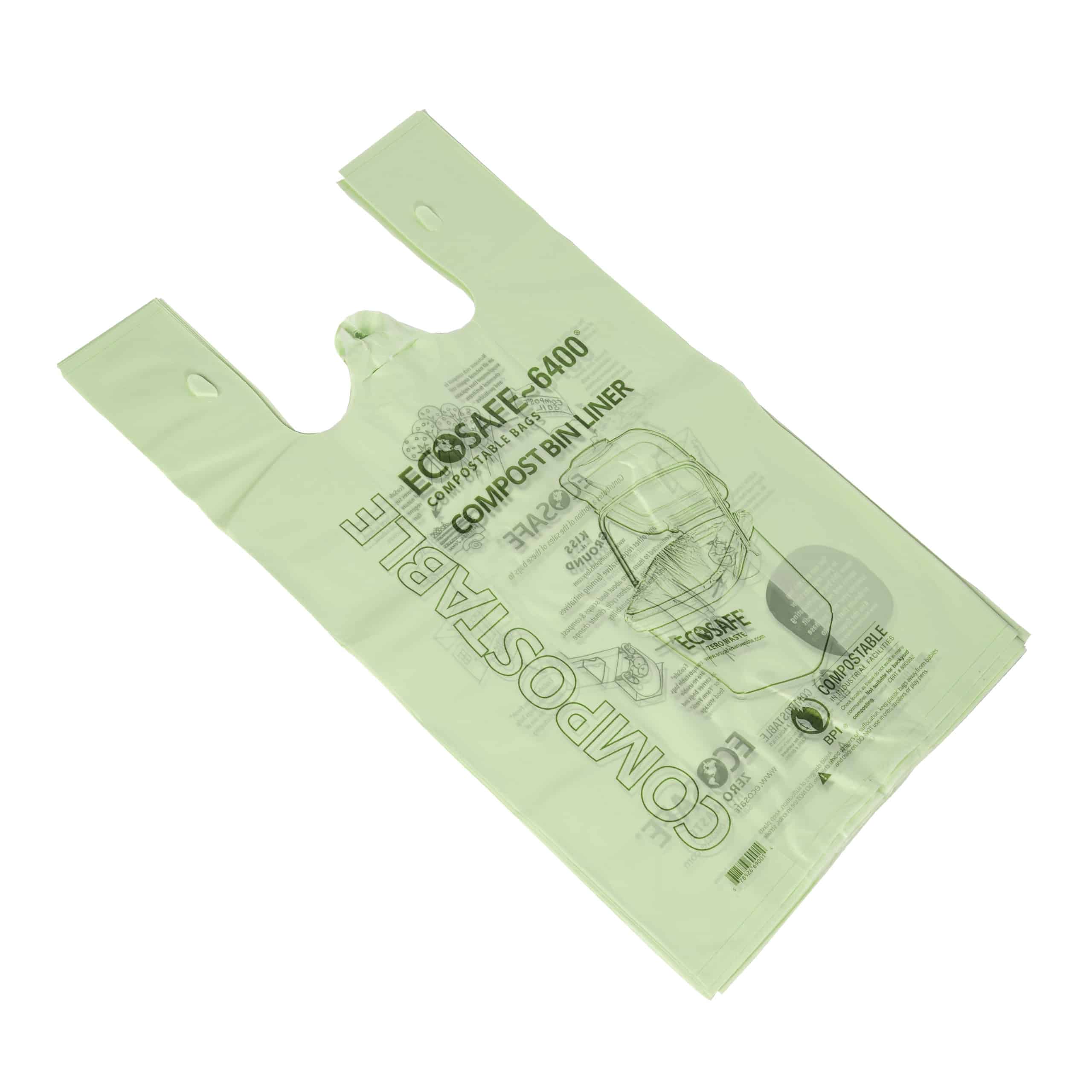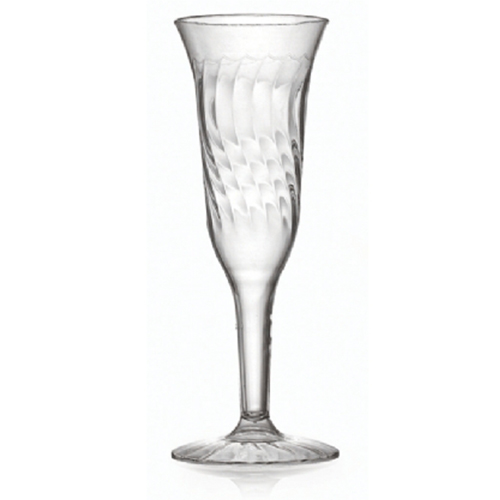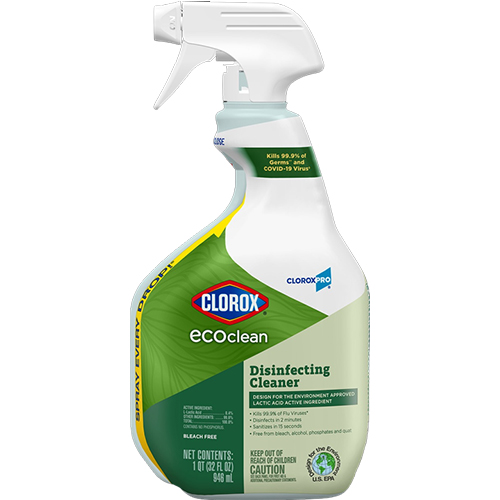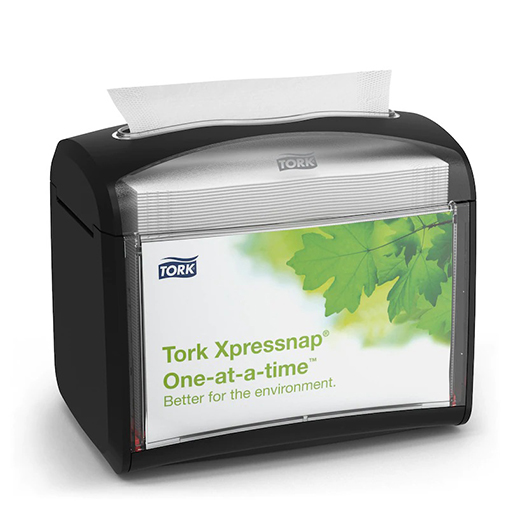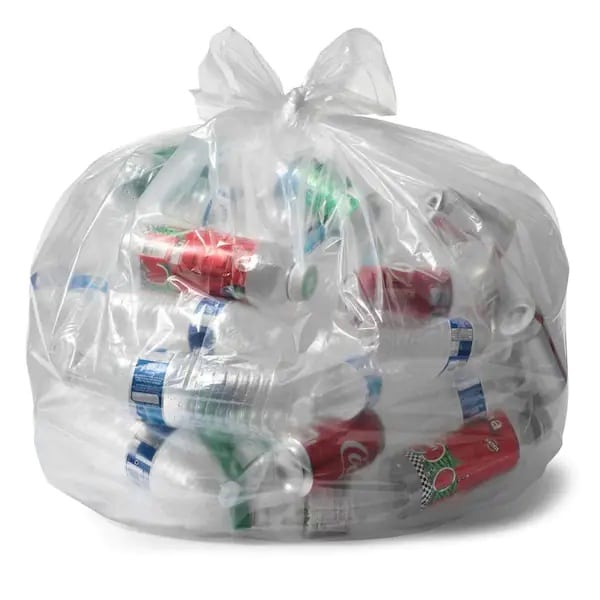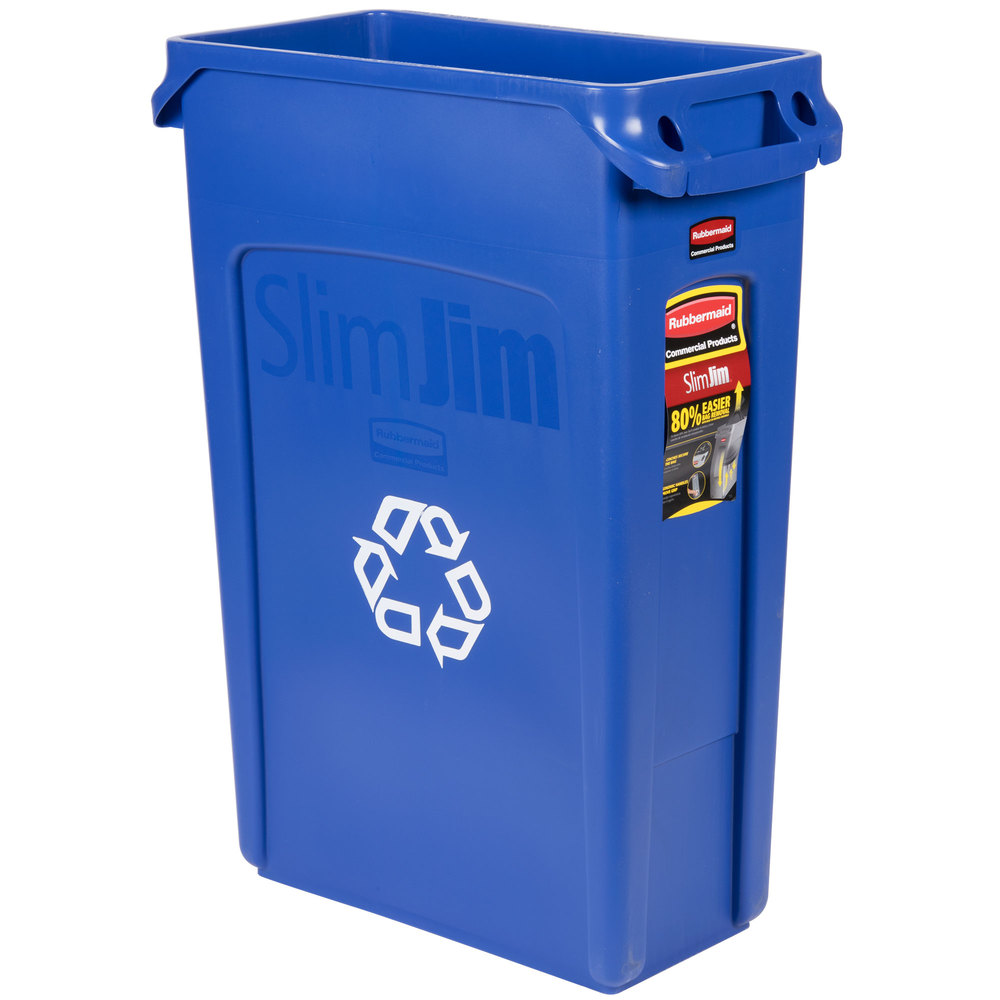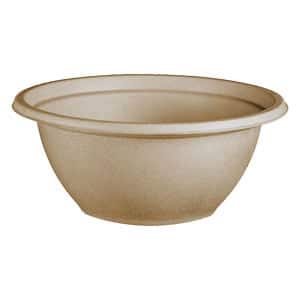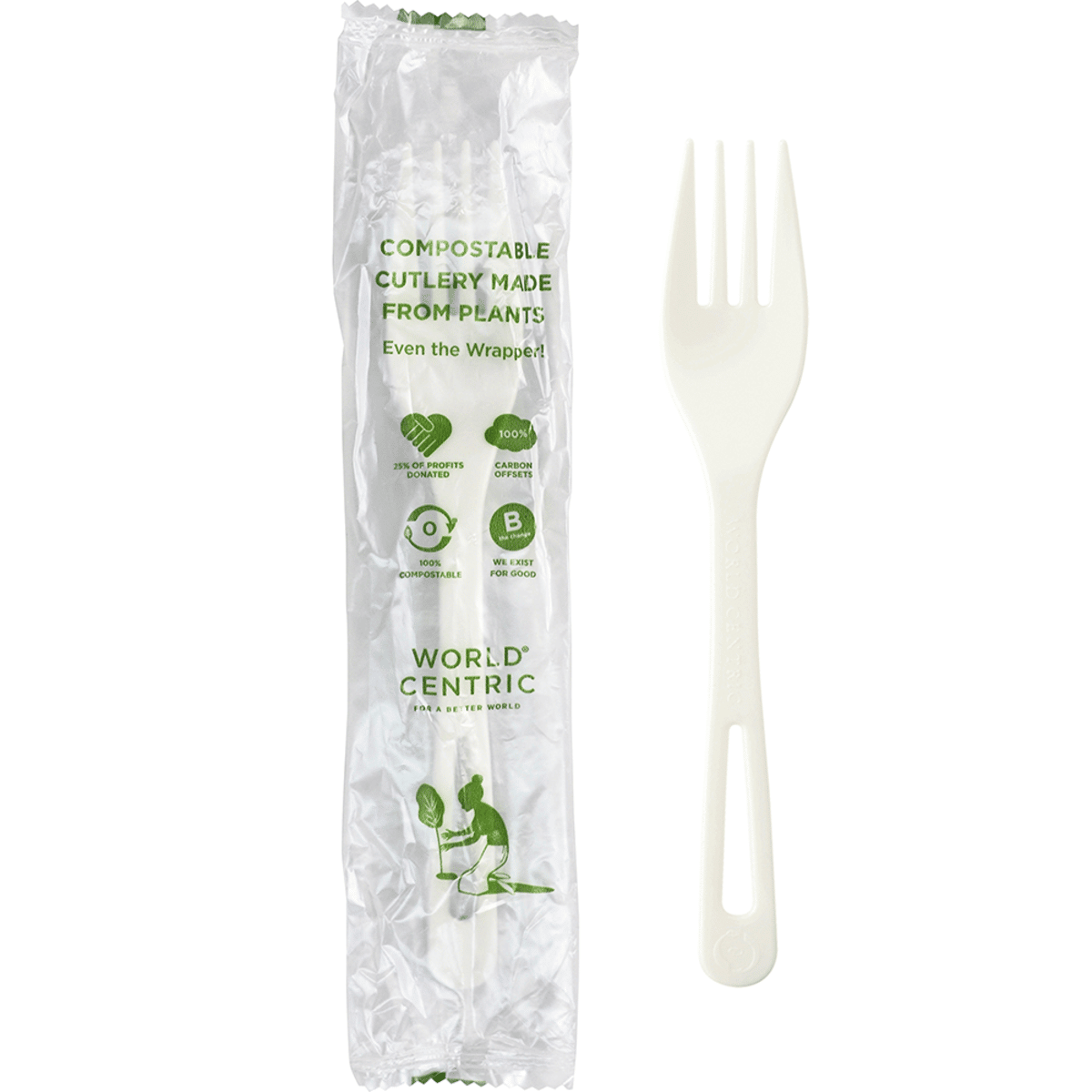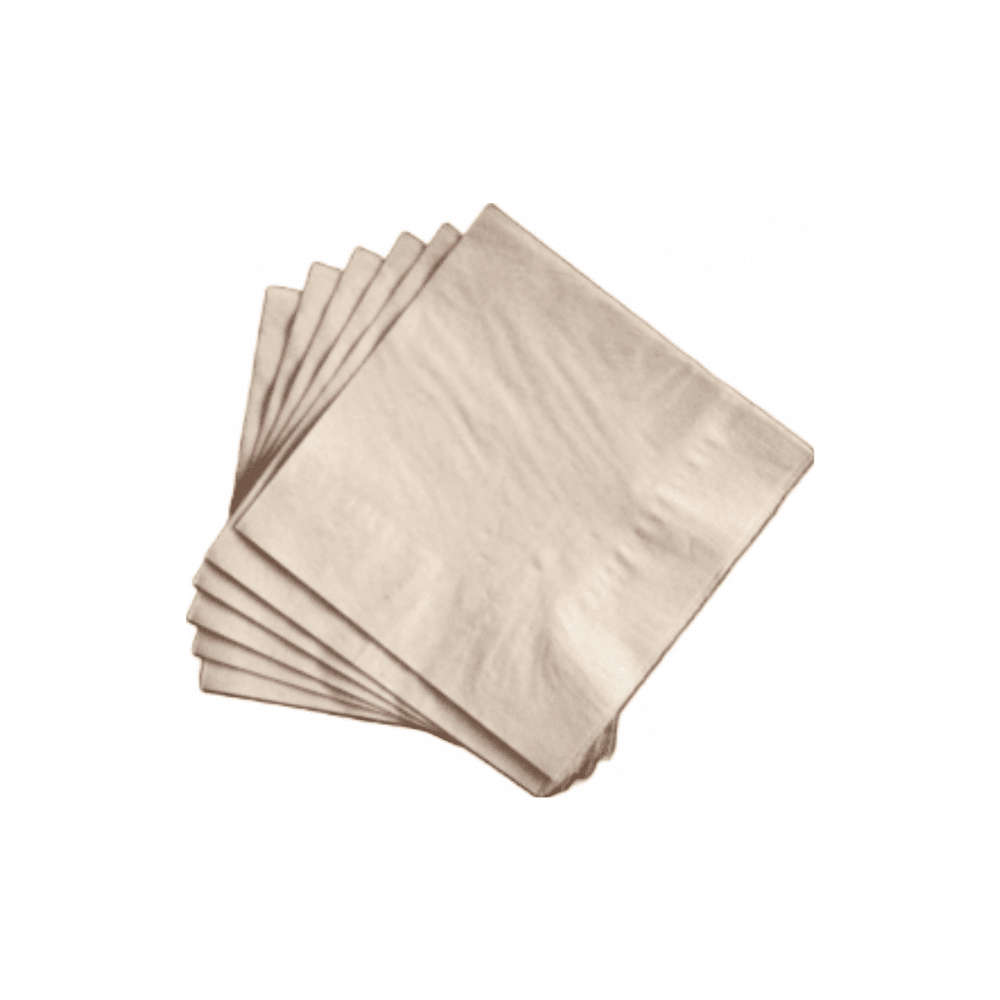Material Summary – Bagasse Fiber (Sugarcane)

The Definitive Guide to Bagasse Fiber: From Sugarcane Byproduct to Sustainable Food Packaging
Bagasse fiber has rapidly emerged as a leading contender in the quest for more sustainable and eco-friendly packaging materials. Derived from the byproduct of sugarcane processing, this resilient and compostable material is being used in everything from takeout containers to tableware, making it an appealing alternative to conventional plastics and polystyrene foam.
While the concept of using agricultural byproducts for packaging is not new, the urgency to find viable solutions to plastic pollution has breathed new life into the exploration of materials like bagasse. With growing consumer demand for environmentally responsible products and tightening regulations around single-use plastics, bagasse offers a compelling blend of sustainability, functionality, and cost-effectiveness. Yet, many consumers and businesses remain unaware of what bagasse fiber really is, how it’s made, and why it stands out as a greener choice.
This comprehensive guide will delve into all facets of bagasse fiber, including its origins in sugarcane production, the environmental benefits and challenges associated with its cultivation, its physical and chemical properties, and the wide-ranging applications in foodservice and beyond. We’ll also explore critical factors like compostability, biodegradability, and end-of-life disposal—issues that bear heavily on the overall environmental impact of any packaging solution.
Whether you’re a manufacturer looking to switch to sustainable packaging, a restaurant owner curious about greener takeout containers, or a consumer aiming to make more informed choices, this guide aims to provide an in-depth understanding of bagasse fiber—its past, present, and promising future in a planet-conscious world.
Table of Contents
- Introduction to Bagasse Fiber
- Sugarcane and the Origins of Bagasse
- Bagasse Production: From Byproduct to Packaging Pulp
- Properties and Characteristics of Bagasse Fiber
- Environmental Impact and Sustainability
- Compostability and Biodegradability
- Bagasse in Food Packaging: Usability, Safety, and Design
- Comparisons to Other Eco-Friendly Materials
- Market Trends and Global Adoption
- Innovations and Future Outlook
- Disposal, Recycling, and End-of-Life Options
- Best Practices for Manufacturers and Consumers
- Common Misconceptions about Bagasse Fiber
- Conclusion
1. Introduction to Bagasse Fiber
Bagasse (/bəˈɡæs/ bə-GAS) is essentially the fibrous residue that remains after sugarcane stalks are crushed or pressed to extract their juice. Historically, this byproduct had limited commercial value and was often burned as fuel in sugar mills or discarded. However, in recent decades, it has been increasingly recognized as a valuable raw material for papermaking, construction boards, animal feed, and most notably, biodegradable food packaging.
In practical terms, bagasse is made up of cellulose fibers, hemicelluloses, and small amounts of lignin. When processed, these fibers can be molded into various shapes and products—such as plates, bowls, trays, cup lids, and more—offering a viable replacement for plastic and polystyrene foam.
As environmental concerns escalate—spurred by a global crisis in plastic pollution—bagasse fiber stands out as a sustainable solution. Given that sugarcane is one of the world’s most widely grown crops, the raw feedstock for bagasse is both abundant and renewable. Moreover, bagasse-based products are typically compostable and biodegradable, further reducing their environmental footprint compared to traditional packaging materials.
But what makes bagasse fiber so special, and why should businesses and consumers take note? The remainder of this guide will answer those questions by looking at the material’s production lifecycle, properties, and the broader environmental context in which bagasse fiber has garnered such strong interest.
2. Sugarcane and the Origins of Bagasse
2.1 Ancient Origins of Sugarcane Cultivation
Sugarcane cultivation stretches back thousands of years, primarily in regions with tropical and subtropical climates. Originally from Southeast Asia, sugarcane was traded across the continents and eventually became a staple crop in numerous countries like India, Brazil, China, and parts of Africa. As demand for sugar soared from the medieval period onward, sugarcane plantations expanded, and large-scale processing methods evolved accordingly.
With the advent of modern sugar refining techniques, sugarcane stalks would be crushed to separate the sweet juice from the fibrous stalk. The juice went on to become refined sugar, molasses, or other sweeteners. The leftover fibrous material—bagasse—was often considered waste, even though some sugar mills burned it as a source of heat for refining operations. This low-value byproduct had little commercial applicability until researchers began exploring its potential in the late 20th century.
2.2 The Traditional Uses of Bagasse
Before the era of advanced material science, bagasse was sporadically used in:
- Fuel for Sugar Mills: Sugar factories often burn bagasse to generate steam and electricity, offsetting costs and reducing reliance on external energy.
- Animal Feed: Processed bagasse, especially when mixed with molasses, can serve as cattle feed or filler.
- Paper and Board Manufacturing: The cellulose content in bagasse makes it suitable as a pulp for certain paper products, though historically less common than wood pulp.
While these applications helped keep bagasse from going entirely to waste, the modern age demanded more sophisticated uses—particularly in response to the challenges of plastic waste.
2.3 Emergence in Sustainable Packaging
The turning point for bagasse came with a growing awareness of environmental degradation caused by single-use plastics and styrofoam. Researchers and entrepreneurs realized that bagasse could be reconstituted into a pulp and molded into sturdy, heat-tolerant packaging. This innovation arrived at a moment when governments and consumers alike started criticizing traditional packaging for its ecological toll.
Suddenly, this overlooked agricultural residue gained a new lease on life. Several factors contributed to bagasse’s ascendancy in the packaging world:
- Readily available feedstock from sugar-producing regions.
- Renewable and fast-growing source crop (sugarcane matures in about a year).
- Growing demand for biodegradable and compostable food service items.
- Cost and sustainability benefits compared to virgin paper pulp.
The stage was thus set for bagasse to become a significant player in the global shift toward greener packaging alternatives.
3. Bagasse Production: From Byproduct to Packaging Pulp
3.1 Harvesting and Juice Extraction
The first major step in producing bagasse fiber begins with sugarcane harvesting. Mature sugarcane stalks, typically standing between 2 to 6 meters tall, are cut near ground level. They are then transported to a sugar mill, where mechanical rollers or diffusers crush or shred the stalks to extract their juice. At this stage, sugarcane is valued for its juice, which undergoes various refining processes to produce sugar and molasses.
What remains after this extraction is a fibrous mass—bagasse—composed largely of the cane’s structural cellulose and hemicellulose. Historically, this leftover material might have been burnt on-site or set aside as waste. However, in modern facilities focusing on sustainability, bagasse is collected, cleaned, and prepared for further processing to transform it into a pulp suitable for molding into packaging.
3.2 Cleaning and Pulping
Once separated from the sugary juice, bagasse can contain impurities like soil, cane pith, and residual sugars. These contaminants must be removed to ensure a higher-quality pulp. In many cases, the bagasse is also depithed—a process that separates the coarse outer fibers from the softer interior pith. The outer fibers are more suitable for robust paper or packaging applications, while the inner pith can be used for lower-grade products or in other industrial processes.
After cleaning and depithing, the bagasse is pulped, much like wood pulp in the paper industry. Common methods include mechanical or chemical pulping, which break down the lignin and separate the fibers. Chemical pulping might involve mild alkali treatments or other eco-friendly processes, depending on the final product requirements.
3.3 Bleaching (Optional)
For certain applications where the final material requires a lighter color or specific aesthetic qualities, the pulp may undergo a bleaching process. However, bleaching is not always necessary for food packaging, particularly if end-users are comfortable with the natural, off-white or beige color of bagasse. Minimizing bleaching also reduces chemical usage, which supports a more environmentally friendly production cycle.
3.4 Molding and Forming
Following pulping (and optional bleaching), the bagasse slurry is mixed with water to achieve a desired consistency and then formed into various shapes using molds. In the case of takeout containers, plates, bowls, or cup lids, manufacturers employ high-temperature and high-pressure molding techniques to press the wet pulp against a mold surface. The water is drained or evaporated, leaving behind a solid, rigid shape.
This stage is critical, as the mold design dictates the geometry and structural strength of the final product. For packaging that must hold hot liquids or resist condensation, manufacturers may apply special surface treatments or coatings, though many bagasse products require no extra chemical finishing, relying on the fiber’s natural resilience.
3.5 Drying and Finishing
The newly molded items are then dried, often in large industrial dryers or hot presses. Once dry, the final products are trimmed, inspected for quality, and packaged for shipment. In total, the production process for bagasse-based packaging combines relatively simple mechanical and chemical operations that leverage existing technology from the paper and agricultural sectors.
Compared to virgin paper pulp—derived from cutting down trees—bagasse benefits from an agricultural origin tied to sugarcane, a rapidly renewable crop. The synergy between sugar refining and bagasse pulp production exemplifies how industries can innovate to use “waste” more efficiently and sustainably.
4. Properties and Characteristics of Bagasse Fiber
4.1 Chemical Composition
Bagasse is primarily composed of:
- Cellulose: The primary structural component, offering tensile strength and rigidity.
- Hemicellulose: A group of polysaccharides that bond with cellulose, providing flexibility.
- Lignin: A complex organic polymer that helps bind fibers together; however, some lignin is often removed or reduced during pulping to produce a cleaner, more moldable pulp.
Traces of waxes, sugars, and other organic materials may remain, depending on processing methods.
4.2 Physical Strength
Bagasse-based products offer a surprising degree of strength and durability, especially once compressed into molded forms. When properly manufactured, bagasse packaging can handle a range of temperatures, endure moderate impacts, and resist soaking for short periods. Although it may not match the structural resilience of certain plastics, it easily competes with paper-based alternatives and outperforms polystyrene foam in terms of compressive strength.
4.3 Heat Resistance
Unlike many plastics that warp or leach harmful chemicals at higher temperatures, bagasse exhibits good heat tolerance. Most bagasse products remain stable in temperatures up to approximately 95°C (203°F) and can often be used safely in microwaves for reheating food. While continuous exposure to boiling temperatures (100°C/212°F) might weaken the material over time, it still performs admirably in standard foodservice scenarios, including hot takeout meals.
4.4 Moisture and Grease Resistance
Bagasse naturally resists moisture penetration better than untreated paper, partly due to the densification process during molding. However, it may not hold up indefinitely under standing water or very oily foods unless treated with an additional coating. Still, for typical uses like holding a hamburger or salad, bagasse-based containers generally maintain structural integrity well enough for transport and consumption.
4.5 Aesthetic and Sensory Appeal
Most bagasse foodservice items have a smooth, slightly fibrous texture and a neutral off-white to light brown color, reminiscent of pressed paper. Some manufacturers add subtle design elements or branding to differentiate products, but the natural look and feel of bagasse resonates with consumers looking for “green” packaging. There’s also the benefit of no synthetic “plastic” odor, which can be appealing for those sensitive to chemical smells.
4.6 Compatibility with Food Safety Standards
When sourced and processed appropriately, bagasse products meet food safety requirements in many jurisdictions. The absence of significant chemical additives means they generally do not leach harmful substances into food, especially if the manufacturer adheres to recognized standards. As with any food-contact material, businesses should ensure products are tested and certified according to local regulations (e.g., FDA standards in the U.S. or EU directives in Europe).
5. Environmental Impact and Sustainability
5.1 Renewability of Sugarcane
One of bagasse’s principal claims to eco-friendliness is its origin: sugarcane. This crop matures in about 9 to 12 months, far quicker than the years or decades required to grow trees for pulp. This rapid regenerative cycle positions sugarcane as a highly renewable resource. While sugarcane cultivation does require land and water—like any agricultural activity—the synergy with sugar production helps optimize resource usage.
5.2 Reduced Reliance on Fossil Fuels
Because bagasse is plant-based, it can reduce dependence on petroleum for plastic production. Although some fossil fuels may still be involved in shipping or in certain manufacturing steps, the overall carbon footprint can be lower compared to petrochemical plastics, which are derived entirely from non-renewable hydrocarbons. Additionally, in some mills, bagasse byproducts are used to generate electricity or steam, potentially offsetting energy from fossil fuels.
5.3 Land Use and Water Concerns
Sustainability also involves evaluating the broader agricultural impacts. Expanding sugarcane fields could lead to competition with food crops, deforestation, or displacement of local communities if not managed responsibly. Adequate water availability is another consideration, as sugarcane cultivation can be water-intensive. That said, sugarcane is primarily grown in tropical regions where rainfall is often abundant. Responsible land management and sustainable farming practices can mitigate these potential issues, preserving biodiversity and ensuring fair labor conditions.
5.4 Lifecycle Assessment
Multiple studies have attempted to compare the life-cycle impacts of bagasse-based products with alternatives like plastic or wood pulp. While results can vary based on specific assumptions, the majority indicate that bagasse packaging yields lower greenhouse gas emissions and reduced consumption of non-renewable resources. Factoring in end-of-life compostability, bagasse can outperform many conventional materials in overall environmental impact assessments—provided the infrastructure exists to compost or recycle these products effectively.
5.5 Contributions to Circular Economy
A critical concept in sustainability is the “circular economy,” which aims to keep resources in use for as long as possible, extract the maximum value from them, then recover and regenerate products or materials at the end of each service life. Bagasse aligns well with this idea because it starts as a byproduct of another industry (sugar) and can be returned to the soil through composting, closing the loop.
6. Compostability and Biodegradability
6.1 Definitions
The terms “compostable” and “biodegradable” are sometimes used interchangeably, but they carry distinct meanings:
- Biodegradable: Refers to a material’s ability to break down naturally with the help of microorganisms, returning to simpler organic substances over time without leaving toxic residues.
- Compostable: Implies not only biodegradability but also that the material breaks down within a specific time frame under certain composting conditions (temperature, humidity, microbial activity), producing nutrient-rich compost that can enhance soil quality.
Bagasse is generally both biodegradable and compostable; however, the exact breakdown period and conditions can vary.
6.2 Industrial Composting
In an industrial composting facility, temperatures often exceed 50-60°C (122-140°F), and the environment is carefully maintained for optimal microbial activity. Under these conditions, bagasse items can decompose fully within 2-4 months, sometimes even faster. This timeframe is significantly shorter than that required for petroleum-based plastics, which can take hundreds of years to break down—if they do at all.
6.3 Home Composting
While industrial composting offers the quickest decomposition for bagasse items, home compost piles usually operate at lower temperatures. As a result, complete breakdown might take longer—anywhere from several months to a year or more. It’s still viable, but conditions like consistent moisture levels, aeration, and the presence of compost-friendly microorganisms can significantly impact the final timeline.
6.4 Landfill Degradation
In landfills, the anaerobic (low-oxygen) conditions can slow or halt decomposition processes for many organic materials, including bagasse. Although bagasse is biodegradable, landfills are not ideal environments for rapid breakdown due to the lack of oxygen, controlled humidity, and microbial diversity. Therefore, while bagasse may eventually decompose, it might take an extended period similar to or slightly less than traditional paper.
6.5 Environmental Benefits of Composting
Composting bagasse provides multiple environmental advantages:
- Diverts waste from landfills, thus reducing landfill volume and related methane emissions.
- Produces nutrient-rich compost that can enrich agricultural soils, reducing the need for chemical fertilizers.
- Completes a more sustainable loop from sugarcane cultivation to soil replenishment, supporting a circular economy model.
This is why many municipalities and forward-thinking businesses advocate for industrial composting as part of a broader waste management solution. With proper infrastructure, bagasse packaging can seamlessly integrate into these systems.
7. Bagasse in Food Packaging: Usability, Safety, and Design
7.1 Meeting Consumer Demand
Global consumer sentiments have shifted dramatically in recent years. People are not just interested in the functionality of packaging; they also care about its environmental impact, safety, and aesthetics. Bagasse fiber addresses each of these considerations effectively:
- Eco-Friendly Image: Its plant-based origin and compostability resonate with today’s eco-conscious consumers.
- Safe for Food Contact: Properly processed bagasse meets regulatory standards for food contact, generally without leaching chemicals or producing off-odors.
- Visual Appeal: The natural, earthy look of bagasse aligns with “organic” or “green” branding, enhancing consumer perception of quality and sustainability.
7.2 Packaging Performance
When assessing packaging materials, foodservice operators look for qualities like sturdiness, insulation, and versatility. Bagasse scores high on these metrics:
- Sturdiness: Molding processes yield rigid containers that can hold both solid and semi-liquid foods. Lids, bowls, and clamshell containers formed from bagasse resist crushing and maintain shape during transport.
- Heat Insulation: Bagasse containers can retain warmth better than some thin plastic options. They’re also microwave-safe for short re-heating times, which is crucial in takeout scenarios.
- Freezer Safety: Bagasse typically can be stored in low temperatures without losing structural integrity, making it viable for cold food storage and transport.
From salads to soups (with the caveat that extremely high temperatures may soften the material), bagasse covers a broad spectrum of culinary needs.
7.3 Design and Customization
Packaging is also about presentation and branding. Bagasse can be molded into various shapes and sizes, offering design flexibility. While the base color is usually cream or beige, the surface can be printed with eco-friendly inks or stamped with brand logos. Some businesses also add small design flourishes, such as embossed patterns, to differentiate their packaging in a crowded market.
7.4 Limitations and Considerations
Although bagasse shines in many aspects, it’s not without limitations:
- Temperature Threshold: While it can handle hot foods, bagasse may become pliable when exposed to boiling liquids for prolonged periods.
- Potential Moisture Absorption: Very watery or oily foods might eventually soak through if stored for extended times without an additional lining.
- Cost Factor: Depending on the region and availability, bagasse can be slightly more expensive than some plastic alternatives, though price gaps often narrow as production volumes grow.
Nonetheless, for many food packaging scenarios, bagasse provides a “sweet spot” of sustainability, functionality, and aesthetic appeal.
8. Comparisons to Other Eco-Friendly Materials
The market for sustainable packaging is expanding, spurred by urgent environmental concerns and consumer demand. To understand bagasse’s position in this ecosystem, it’s helpful to compare it with other prominent eco-friendly options like PLA (polylactic acid), molded bamboo, palm leaves, and paperboard.
8.1 Bagasse vs. PLA
- Raw Material: Bagasse is an agricultural byproduct; PLA is derived from plant starches (corn, cassava, etc.). Both come from renewable feedstocks.
- Heat Resistance: Bagasse generally handles higher temperatures better than many standard PLA formulations.
- Composting: Both materials are industrially compostable, but PLA often requires very specific high-heat conditions. Bagasse can break down in a wider range of composting environments, though still faster in industrial settings.
- Aesthetics and Texture: PLA-based packaging can have a more “plastic-like” transparency. Bagasse typically offers an opaque, natural fiber look.
8.2 Bagasse vs. Molded Bamboo or Areca Palm Leaf
- Availability: Sugarcane is grown extensively worldwide, making bagasse more readily available. Bamboo and palm leaves might be region-specific.
- Texture and Durability: Bamboo fiber can be very sturdy, but bagasse tends to be more flexible in shaping and molding. Areca palm leaf plates are often single-layered and can be more prone to cracking if mishandled.
- End-of-Life: All three are compostable, but bamboo and palm leaf generally decompose well in home compost settings without requiring high temperatures.
8.3 Bagasse vs. Paperboard
- Source Material: Paperboard is typically derived from virgin or recycled wood pulp. Bagasse repurposes agricultural residue, arguably making it more sustainable where sugarcane is abundant.
- Strength and Thickness: Paperboard thickness can vary widely, but bagasse often provides a sturdy, rigid feel at comparable weights.
- Environmental Footprint: Both can be compostable, though paperboard may need lamination for water resistance, which can complicate composting.
Overall, bagasse competes strongly with these materials, offering a blend of cost-effectiveness, availability, compostability, and functional performance. The choice often comes down to regional infrastructure, specific product requirements, and brand preferences.
9. Market Trends and Global Adoption
9.1 Regulatory Push and Bans on Single-Use Plastics
Governments worldwide are increasingly imposing bans or taxes on single-use plastic items like straws, polystyrene foam containers, and plastic bags. For example, the European Union’s single-use plastics ban has accelerated the shift toward biodegradable or compostable alternatives. Similarly, various states in the U.S. have passed legislation discouraging polystyrene packaging in foodservice.
Bagasse packaging stands to benefit from these policy changes, gaining a foothold in institutional clients such as schools, hospitals, and government facilities seeking to comply with new regulations.
9.2 Foodservice Industry Embrace
Restaurants, cafes, and catering companies are under mounting pressure—both regulatory and consumer-driven—to reduce plastic waste. Major chains and independent establishments alike are turning to bagasse products as a straightforward substitute for foam clamshells and plastic plates. In many cases, businesses incorporate marketing around sustainability, using the bagasse switch to boost their brand image and meet customer expectations.
9.3 Retail and E-Commerce
Some retail packaging is also moving in the direction of molded fiber solutions, including bagasse. With the rapid growth of e-commerce, the demand for protective yet eco-friendly packaging has skyrocketed. While corrugated cardboard remains dominant in shipping boxes, specialized interior packaging solutions—like inserts or trays—are increasingly made from bagasse or similar fibers to reduce plastic usage.
9.4 Corporate Sustainability Initiatives
Large corporations aim to meet Environmental, Social, and Governance (ESG) goals, often committing to reduce their plastic footprint. Many corporate canteens now feature compostable food containers and cutlery, and big brands are exploring bagasse-based packaging for product lines. This trickle-down effect influences smaller suppliers and vendors, reinforcing the supply chain for bagasse packaging.
9.5 Challenges to Widespread Adoption
Despite its advantages, bagasse packaging faces barriers. Chief among them is cost competitiveness, especially in regions without sugarcane production. Additionally, composting infrastructure remains uneven globally, limiting the environmental benefits if products end up in landfills. Nonetheless, as sugarcane cultivation expands, and manufacturing scales up, the price gap is narrowing, and investments in composting facilities are on the rise.
10. Innovations and Future Outlook
10.1 Coatings and Barrier Enhancements
One area of active research is the development of eco-friendly coatings to extend bagasse’s barrier properties against moisture and oils. Emerging solutions include bio-based waxes, plant-derived films, or waterborne coatings that add functionality without hindering compostability. If these coatings can maintain compost-friendly certification, they will significantly broaden bagasse’s usability for greasy and liquid-heavy foods.
10.2 Hybrid Fiber Composites
Scientists and material engineers are experimenting with blending bagasse fiber with other organic fibers—like bamboo, wheat straw, or kenaf—to create composite materials with improved strength, flexibility, or heat resistance. These hybrids could open doors for more durable applications, like reusable or semi-durable foodservice items, packaging for heavier goods, or even automotive interior parts.
10.3 3D Printing Applications
With additive manufacturing (3D printing) growing exponentially, there’s interest in converting bagasse pulp into printable forms. This could lead to custom-designed packaging or product prototypes with minimal waste. Early experiments involve mixing bagasse fibers with biodegradable polymers to create 3D printer filaments or pastes, although commercial viability is still in its infancy.
10.4 Carbon Footprint Analysis and Certification
As consumers become more discerning, transparent labeling around carbon emissions, water usage, and biodiversity impacts can set bagasse-based products apart. Future developments might see mandatory certifications or product labels that detail the cradle-to-grave environmental footprint, helping consumers make informed decisions.
10.5 Greater Global Integration
Bagasse packaging is not just a niche product for eco-conscious markets—it’s poised for mainstream adoption worldwide. Regions with established sugarcane industries, such as Brazil, India, and Thailand, have a unique opportunity to export molded bagasse products or the raw pulp to global markets. As the technology becomes more streamlined and costs drop, bagasse has the potential to become a go-to renewable packaging material in both developed and emerging economies.
11. Disposal, Recycling, and End-of-Life Options
11.1 Composting as Ideal End-of-Life Path
Given bagasse’s inherent compostability, the most environmentally beneficial end-of-life scenario is industrial or municipal composting. This efficiently recycles the organic material back into the soil, closing the loop and reducing pressure on landfills. The key to maximizing this benefit is ensuring consumers and businesses have access to—and use—composting facilities.
11.2 Backyard Composting
Although feasible, backyard or home composting may require more time for bagasse to break down fully. Shredding the material and maintaining proper moisture and aeration can speed up decomposition. Nonetheless, if a home compost pile does not reach higher temperatures, the process could take many months, making industrial composting generally more reliable.
11.3 Recycling Feasibility
Bagasse-based products, once soiled with food, are typically not suitable for paper recycling streams. In theory, unsoiled bagasse could be recycled similarly to other paper products, but contamination issues make this less practical. Most municipalities prefer these items go to organics or compost bins where possible.
11.4 Landfill Concerns
When disposed of in conventional landfills, bagasse fiber will still degrade faster than plastics but may do so anaerobically, producing methane. However, many modern landfills capture and utilize methane for energy. The net ecological impact is still generally lower than that of plastic waste, which can persist indefinitely without meaningful biodegradation.
11.5 Consumer Education
A substantial challenge is ensuring consumers know how to dispose of bagasse products properly. Clear labeling—like “compostable where facilities exist”—helps, but infrastructure gaps and lack of public awareness remain hurdles. Local governments and businesses can bridge this gap through awareness campaigns, consistent bin labeling, and easily accessible composting programs.
12. Best Practices for Manufacturers and Consumers
12.1 For Manufacturers
- Source Responsibly: Work with sugar mills that follow sustainable agricultural practices, ensuring minimal chemical usage and responsible land management.
- Optimize Production: Use energy-efficient processes for pulping, molding, and drying. Explore co-generation options, such as powering facilities with bagasse combustion waste heat.
- Quality Assurance: Conduct rigorous testing to meet food safety standards, and consider third-party certifications that validate compostability (e.g., BPI certification in the U.S., EN 13432 in Europe).
- Transparent Labeling: Help end users by labeling the packaging with clear instructions on compostability or disposal.
12.2 For Businesses in Foodservice
- Match Container to Food Type: Use containers specifically designed for hot foods, soups, or greasy items if needed, potentially with an additional eco-friendly barrier layer.
- Educate Staff and Customers: Train staff on which items are compostable and how to dispose of them. Offer visible signage for compost bins.
- Collaborate Locally: Work with local compost facilities or municipal waste programs to ensure a smooth disposal pathway. Some programs may offer free signage or bins to help businesses transition.
- Monitor Costs and Savings: While upfront costs for bagasse might be higher than foam alternatives, savings can occur via reduced waste disposal fees and improved brand image.
12.3 For Consumers
- Check Local Facilities: Find out if your municipality has an industrial composting program. If yes, ensure you separate bagasse items from other trash or recyclables.
- Home Compost Properly: If you do backyard composting, break up or shred the bagasse to accelerate decomposition, and maintain the right balance of green and brown materials.
- Reduce and Reuse First: Compostable packaging is excellent, but reducing single-use items remains the best environmental choice. If feasible, bring reusable containers or utensils.
- Spread Awareness: Encourage friends, family, and local businesses to adopt compostable solutions like bagasse, and advocate for improved municipal composting infrastructure.
13. Common Misconceptions about Bagasse Fiber
13.1 “Bagasse is Just Paper”
While bagasse can be processed similarly to paper pulp, it differs due to its unique fiber properties and sugarcane origin. Unlike virgin or recycled paper, bagasse is an agricultural residue, making it more sustainable in regions where sugarcane waste is abundant.
13.2 “It Dissolves Instantly in Liquids”
Though bagasse is plant-based, properly molded products do not dissolve on contact with water or other liquids. They hold up well to typical foodservice use, only weakening after prolonged immersion in hot or oily substances.
13.3 “It’s Too Expensive”
While bagasse packaging may have been significantly pricier a decade ago, broader adoption, technological improvements, and economies of scale have made costs more competitive. The price difference with certain plastics or foam products still exists in some markets, but it continues to diminish.
13.4 “All Bagasse Products Are Automatically ‘Green’”
Not all bagasse products are created equal. Some manufacturers use additives that may hinder compostability. Always look for reputable certifications or manufacturer data on the product’s environmental credentials.
13.5 “Composting Infrastructure Is the Same Everywhere”
In reality, composting availability and regulations vary widely by region. Some places have advanced industrial composting systems, while others lack basic waste separation. The eco-benefits of bagasse hinge partly on local waste management capabilities.
14. Conclusion
Bagasse fiber has evolved from an overlooked agricultural residue to a linchpin of sustainable food packaging solutions. In an era grappling with plastic pollution and dwindling natural resources, bagasse offers a tangible pathway toward reduced waste and a healthier planet. Its rapid renewability, compostable nature, and robust performance in foodservice contexts make it an attractive candidate for both large-scale industrial applications and everyday consumer use.
Of course, no material is a cure-all for the complex challenges posed by modern consumption. Bagasse’s true environmental potential depends on responsible sugarcane farming practices, efficient production processes, and effective end-of-life disposal—particularly composting facilities. Additionally, awareness among manufacturers, businesses, and consumers is essential to prevent contamination in recycling streams or landfills.
Looking forward, innovations in coatings, hybrid fibers, and global composting infrastructure will likely refine bagasse’s appeal and expand its market reach. As the costs continue to decrease with scaling and as governments around the world impose stricter rules on plastic use, bagasse is poised to become an even more prominent fixture in the packaging sector.
Ultimately, the shift toward more environmentally responsible packaging isn’t merely about swapping one product for another—it’s about embracing a broader mindset of sustainability, circularity, and stewardship of our planet’s resources. Bagasse exemplifies these values by turning an agricultural “waste” into a valuable commodity. With every takeout box or plate made from bagasse fiber, we inch closer to a future where packaging leaves a far lighter footprint on the world.
Word Count: ~5,200+ words (approx.)
Powered by BetterDocs



